— By Vargason, CryptogramVenture FoF Research Fellow
Before the rise of blockchain, Web3.0 can only stay in the concept stage due to the lack of solutions. With the development of blockchain technology, a number of Web3.0 related projects have emerged.
According to the Web3 Index compiled by web3index.org (a website that tracks protocol usage across the entire Web3 stack), in the past 30 days, the revenue and other comprehensive indexes of Pocket Network, Arweave, and Livepeer ranked among the top relative to other projects. Pocket Network is currently the Number 1 middleware, with its 30-day revenue more than 30 times that of Arweave. In November, the fees paid by developers increased by 208%.
In the Web1.0 era, the transmission of information was one-way, without interaction on the user’s side. Web2.0 gave users the right to edit, use, and interact with information. However, privacy protection remained an issue, and the value of user participation wasn’t explored. Web3.0 broke large intermediary platforms’ monopoly that had resulted from Web2.0, transforming the platform-centered value distribution mode into one that allows each participant who creates value for the platform to have a share of the profit.
Web3.0 cannot be built in the air. Before Web3.0 applications can be adopted on a large scale, the blockchain infrastructure must be improved. In this article, CryptogramVenture FoF (hereafter CGV FoF) focuses on three blockchain projects, namely, Pocket Network, Arweave, and Livepeer, and introduces the important infrastructural components of Web3.0 from three aspects: API, storage, and streaming media.
Note: This article is a CGV FoF research paper and is for reference only. It does not constitute any investment proposal.
Pocket Network- Basic Introduction
Pocket is a distributed API infrastructural project built for Web3 applications. It provides a trustless API protocol that is available for all major blockchain networks.
Pocket project aims to build a complete distributed network of blockchain nodes. Through the trustless API protocol, developers can seamlessly access thousands of nodes, building a DAO ecosystem in combination with cryptoeconomic incentives.
- Pain Points Solved
On November 11, 2020, Ethereum suffered an outage that lasted nearly four and a half hours. Infura, the API service provider of Ethereum and IPFS, said that its Ethereum Mainnet API service was temporarily interrupted, which resulted in this outage incidents. This is also one of the many Single Points of Failure (SPFs) perplexing centralized service providers.
CGV FoF has learnt that this incident did not affect users who added Pocket RPC’s Ethereum nodes to their wallets. They could still trade and interact through DApps or smart contracts. This was possible mainly due to the fact that the Pocket Network node operator has a variety of Ethereum clients, which makes the network service more flexible.
Michael O’Rourke, CEO and co-founder of Pocket Network, believes that centralized infrastructure providers must have a large number of available buffers to meet additional needs. Due to the decentralized design of Pocket Network, it only needs to start and run a small part of the backup buffer, thus reducing the service cost. According to the company’s estimates, the Pocket Network services are “at least 10 times cheaper” than centralized services.
- Token-based Economic Model
Pocket Network has designed a unique economic model based on its token POKT. The model, which is based on DAO, creates a decentralized and trustless bilateral market between nodes and developers in its ecology, which enables all participants to benefit from it. In the Pocket ecology, developers and nodes are the rigid demanders of POKT.
Developer: Uses POKT tokens to implement API requests, thus obtaining more efficient but less expensive distributed API request services.
Node: Possesses a certain amount of POKT tokens to provide node services, and is awarded with POKT tokens for providing API services and implementing developers’ API requests.
Because each party of the market has its own unique incentive mechanism, the bidding prices of both sides also vary. The total supply will be limited by the burning mechanism established by DAO that controls the token policy. The ultimate total supply of POKT will be determined by DAO.
How does POKT become a cheaper solution? The answer is to stake POKT instead of paying AWS bills. As the number of relays and nodes increases, data will become cheaper. It is expected that the price of each relay will eventually stabilize at a certain order of magnitude in the next few years.
Although the network is still in its infancy, the number of nodes keeps increasing at a significant rate.
This new form of payment by staking may become a source of potential friction in the process of adoption. However, once POKT succeeds, we may have found an effective way to connect various Web3 middleware infrastructures with tokens.
- Partners
Algorand has announced its initiative to enhance interoperability by integrating the decentralized API infrastructure Pocket Network, and is slated to develop cross-chain bridges.
Some cutting-edge blockchain projects have also participated in the pocket ecology, such as SOLANA, Matic, iCon, etc. Technical teams such as BlockSwap Network, Api3, Web3API, Fuse, and SKALE have also adopted POKT. see the figure above.
- Team Members
Information publicly available shows that Pocket Network currently has more than 20 full-time professionals around the world. As the co-founder & CEO, Michael P O’Rourke took the lead in creating Pocket Network in April 2017. He also set up Nonce+1 Labs, a blockchain development company, and has served as CEO ever since.
The Pocket Network has a strong technical team. Core personnel includes senior blockchain engineers, APP engineers, full-stack software engineers, Big Data architects, cross-chain technology experts, financial technology talents, cryptography experts, etc. The consultant team has a balanced configuration, covering business, technology, operating, market and other fields.
Arweave- Basic Information
Arweave is a decentralized network focusing on permanent storage of data. It aims to build a data storage platform that features one-time payment, permanent storage, free reading, and tamper-proof.
Arweave is one of the preferred storage methods for NFT/Web3 projects. As a decentralized storage network based on Blockweave technology, it adopts the innovative Proof of Access consensus mechanism to adjust the amount of data stored by nodes, thus ensuring balanced data distribution.
- Pain Points Solved
Web3.0 is committed to breaking the monopoly and control of data by centralized platforms. From this point of view, Web3.0 projects will not store data on centralized servers. Therefore, Web3.0 projects will have massive data storage requirements, rendering distributed storage an important infrastructure. Compared with the traditional centralized storage, distributed storage has the advantages of high security, privacy protection, and prevention of single points of failure.
Arweave has changed the data structure of traditional blockchains. Not every node needs to store all blocks, but each time a new block is recognized, it needs to verify a previous random block. This mechanism is called Blockweave. Combined with the Blockshadow mechanism that allows nodes to reconstruct a complete blockchain according to the blockshadow and their own transaction files, Arweave is able to speed up consensus and provide TPS.
- Token-based Economic Model
Arweave’s token is called AR. The total number of 66 million AR tokens are mainly distributed as follows: 31.4% for financing, 13% for the team, 7.1% for strategic cooperation, 2.9% for consultant, 19.1% for ecological construction, and the remaining 26.5% is reserved. The part for ecological construction is mainly to reward storage suppliers and encourage storage suppliers to process orders, actively provide storage services for users, and effectively maintain network nodes. A total of 11 million block award tokens are available.
In the intrinsic incentive mechanism of Arweave, users mainly consume AR tokens to purchase storage services and store data, whereas storage suppliers obtain revenue by obtaining block rewards and providing storage services.
At present, the tokens obtained by providing storage services account for only a small part of the revenue of storage suppliers. Arweave has created a new consensus mechanism, Proof of Access (POA), which requires storage suppliers to verify historical blocks before getting rewards. The more blocks a storage supplier has saved, the more likely it is for the storage supplier to obtain block rewards.
Data source: https://viewblock.io/arweave
- Partners
In the Arweave ecology, the most active tracks are finance, social networks, content distribution, verification, storage and archiving, DAO, and infrastructural tools. At present, the ecology is still in the early stage of construction. The following figure shows Arweave’s ecosystem.
- Team and Investor
The Arweave team is composed of senior blockchain engineers. Dr. Sam Williams, founder & CEO of Arweave, is a decentralization enthusiast with rich experience in distributed system design and implementation. Sam Williams is an Englishman and currently has 15K followers on Twitter.
Investment institutions are very interested in the storage track. Arweave has raised funds from well-known investors, including top investment and financing institutions such as a16z, Multicoin Capital, Union Square Ventures, and Coinbase Ventures.
Livepeer- Basic Information
Livepeer (LPT) is a decentralized and highly scalable protocol at the streaming media layer. Content creators share real-time live videos and receive tokens (LPT) as rewards through video transcoding. Livepeer can function as real-time media layer in the Web3 stack.
Transcoding is the process of reformatting the original video file to ensure the best viewing experience. Anyone can participate in Livepeer and become an orchestrator by running software that allows them to contribute their computer resources (CPU, GPU, and bandwidth) in service of transcoding and distributing video for paying broadcasters and developers. Such orchestrators earn fees in the form of a cryptocurrency like ETH or a stablecoin pegged to the US dollar.
- Pain Points Solved
Live video streaming consumes more than 80% of the Internet bandwidth. For start-ups and developers, using traditional video infrastructure to build a new live streaming platform means high costs. For streaming media applications, one of the most important cost contributors is video transcoding. Take Alicloud as an example, the average transcoding cost of an HD live video streaming is as high as US$6.2 per hour.
Livepeer’s open Web3 video infrastructure provides a creator economy platform for live streaming applications. The platform supports the advertising support mode of traditional technology platforms and promotes a more economically feasible ecosystem than those delivered by centralized live streaming service providers.
- Token-based Economic Model
LPT is a native functional token of Livepeer. Users can contribute their computing resources to the network through a proprietary “transcoder”. Livepeer network will assign tasks to the user’s GPU. After transcoding is completed, users will be rewarded with LPT tokens.
At the same time, ordinary users can obtain income by staking their LPT tokens (thus becoming a delegator), and the staked tokens can vote for an orchestrator. At the beginning of each round of consensus, the network will select a group of orchestrators who get the most votes for task execution, and the orchestrators will get a corresponding number of new tokens. If an orchestrator is found guilty, the staked tokens voted for the orchestrator will be deducted.
Delegators who vote their tokens to an orchestrator can get a part of the earning from the orchestrator as commission. Therefore, the delegator needs to find a reliable orchestrator to vote in order to avoid penalties, and the orchestrator also needs to establish a good reputation to ensure the support of the delegator in the future.
According to the data CGV FoF finds on Livepeer’s official website, the total number of active nodes has exceeded 100, the total fees earned are around US$322,000, and the total minutes of transcoded video are 8..4 million. The capacity on Livepeer’s network represents access to 70,000+ GPUs, or enough to encode all the realtime video streaming through Twitch, Facebook, and Youtube combined.
- Team Members
Livepeer lists 22 team members on the official website. As a project that made its “debut” in 2017, its main team members have rich experience in blockchain and successful entrepreneurship, as well as strong technical background. CEO Doug Petkanics graduated from the University of Pennsylvania with a bachelor’s degree in CS, and CTO Eric Tang graduated from Carnegie Mellon University with a bachelor’s degree in CS. The two co-founded the Wildcard mobile publishing platform.
In terms of financing, the project has prominent performance and has been invested by many well-known investment institutions. At present, Grayscale Investment Trust, Coinbase Ventures, PanteraCapital, Digital Currency Group, CoinFund, Animal Ventures and other institutions have invested in Livepeer.
SummaryWeb3.0 has been established as the next direction of human innovation. Now we are standing at the forefront of Web 3.0, feeling the impact of the digital world and the physical world.
Pocket Network has entered a huge and extremely dynamic emerging market. It has become an indispensable solution for Web3.0 infrastructure by providing trustless API protocol and relay network infrastructure. If it succeeds, the costs of building applications will be greatly reduced.
Storage has always been the key investment field of all parties, and the importance of decentralized storage will become more and more prominent. With the increasing importance attached to data security and user data ownership, the future performance of data storage networks such as Arweave in the vast and promising terrain of 3.0 is worth looking forward to.
If the video infrastructure solution provided by Livepeer is comparable to the centralized alternative in terms of quality and costs less, it will promote the development of the ecosystem, which is more economically feasible than the centralized live streaming services.
With the development and maturity of Web3 market, decentralized infrastructure will continue to grow and become more valuable, which will fundamentally change the relationship and interaction mode between users and the Internet.
Note: This article is a CGV FoF research paper and is for reference only. It does not constitute any investment proposal.
About CGV FoF: CGV FoF is an Asia-based Fund of Funds (FoF) that focuses on investments in Crypto Fund and Crypto Studio. CGV FoF is composed of family funds from Japan, Korea, and China’s mainland and Taiwan, with headquarters in Japan and branches in Singapore and Canada.
Reference- https://POKT.network/wp-content/uploads/2020/03/POCKET-NETWORK-WHITEPAPER-V0.3.0.pdf
- https://www.POKT.network/pocket-dao-what-to-expect/
- https://www.POKT.network/making-metamask-highly-redundant-by-relaying-through-pockets-decentralized-ethereum-api/
- https://www.POKT.network/governance/
- https://insights.deribit.com/market-research/infrastructure-lego-the-middleware-thesis/
- https://cointelegraphcn.com/news/pocket-network
- https://www.arweave.org/technology#papers
- https://www.theblockresearch.com/mapping-out-arweaves-ecosystem-118779
- What Is Web 3.0 & Why It Matters (2020), Fabric Venture, https://medium.com/fabric-ventures/what-is-web-3-0-why-it-matters-934eb07f3d2b
- https://arweave.medium.com/profit-sharing-tokens-a-new-incentivization-mechanism-for-an-open-web-1f2532411d6e
- https://coinmarketcap.com/alexandria/article/profit-sharing-communities-a-deep-dive-by-arweave
- https://github.com/livepeer/wiki/blob/master/WHITEPAPER.md#livepeer-token
- https://medium.com/livepeer-blog/the-livepeer-roadmap-2021-and-beyond-5281776e9b3d
&
Image: Pixabay
You can get bonuses upto $100 FREE BONUS when you:
💰 Install these recommended apps:
💲 SocialGood - 100% Crypto Back on Everyday Shopping
💲 xPortal - The DeFi For The Next Billion
💲 CryptoTab Browser - Lightweight, fast, and ready to mine!
💰 Register on these recommended exchanges:
🟡 Binance🟡 Bitfinex🟡 Bitmart🟡 Bittrex🟡 Bitget
🟡 CoinEx🟡 Crypto.com🟡 Gate.io🟡 Huobi🟡 Kucoin.
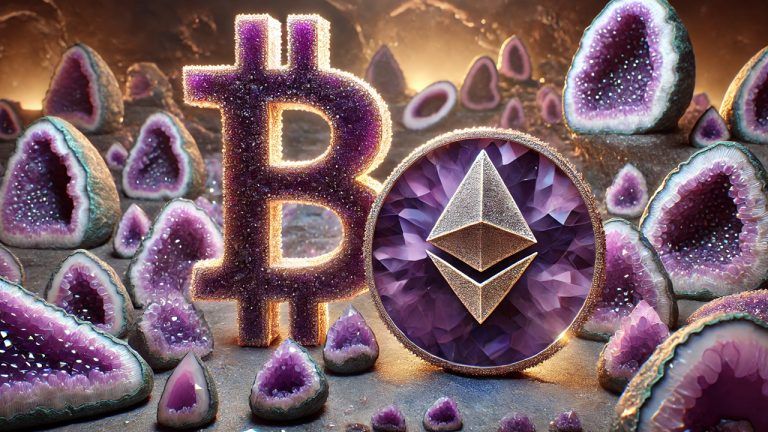
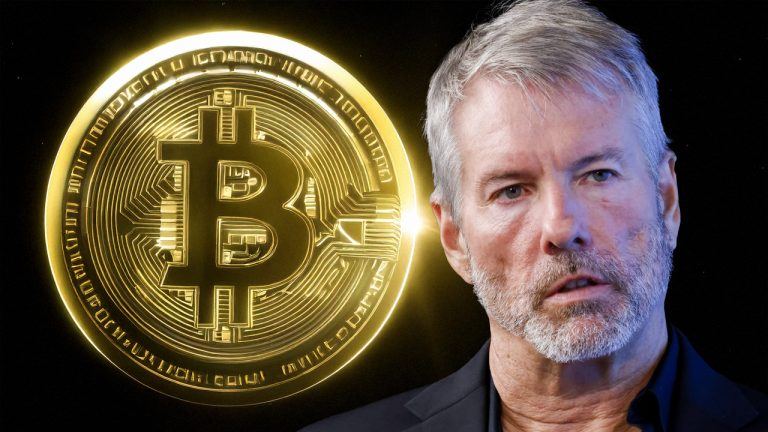
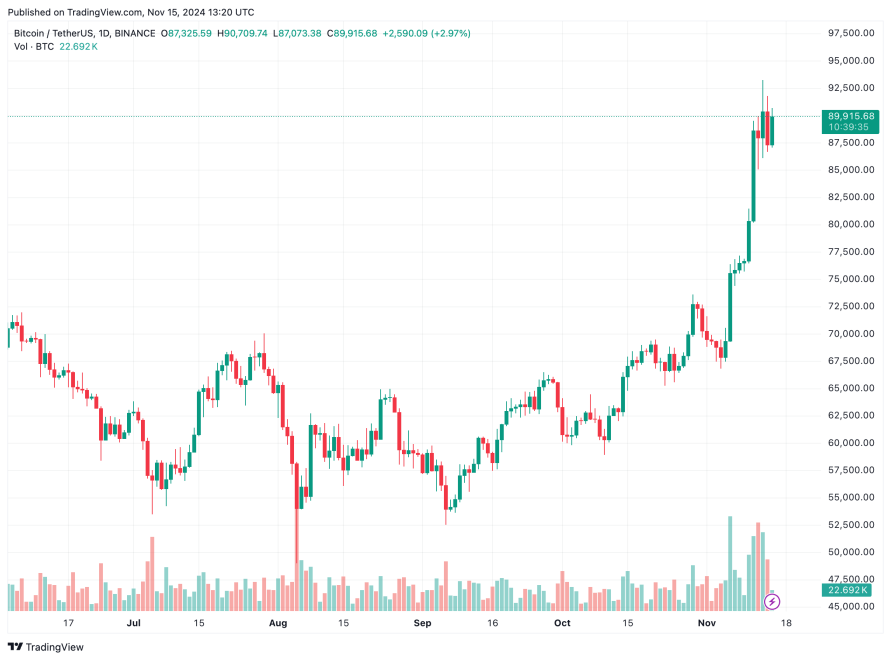

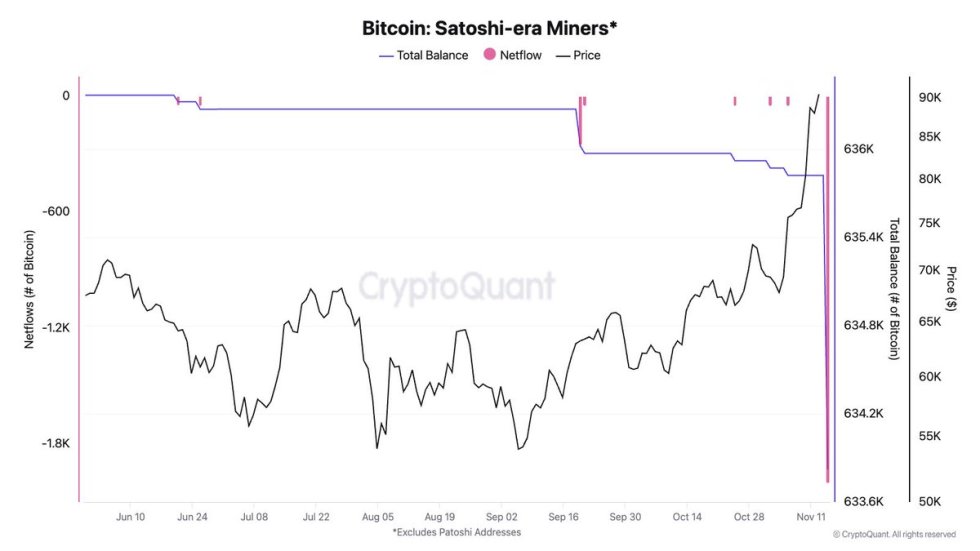





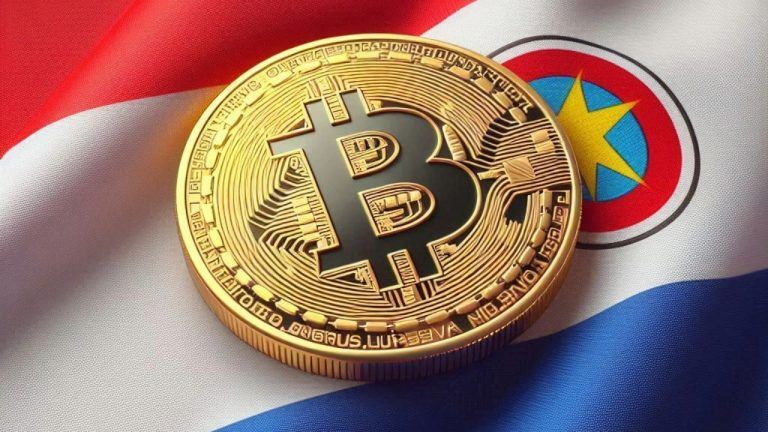



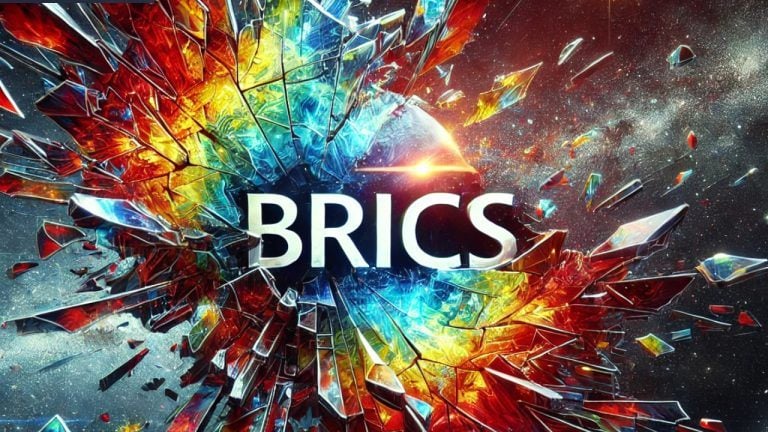
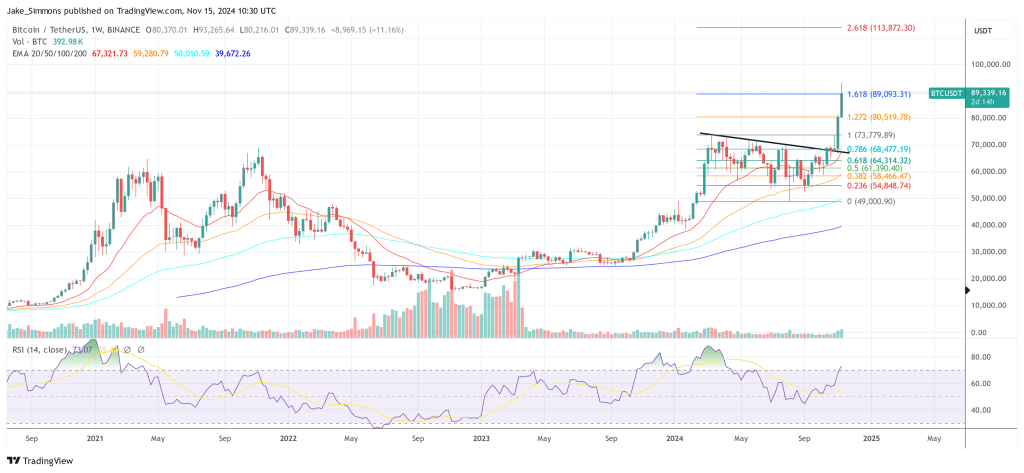




Comments